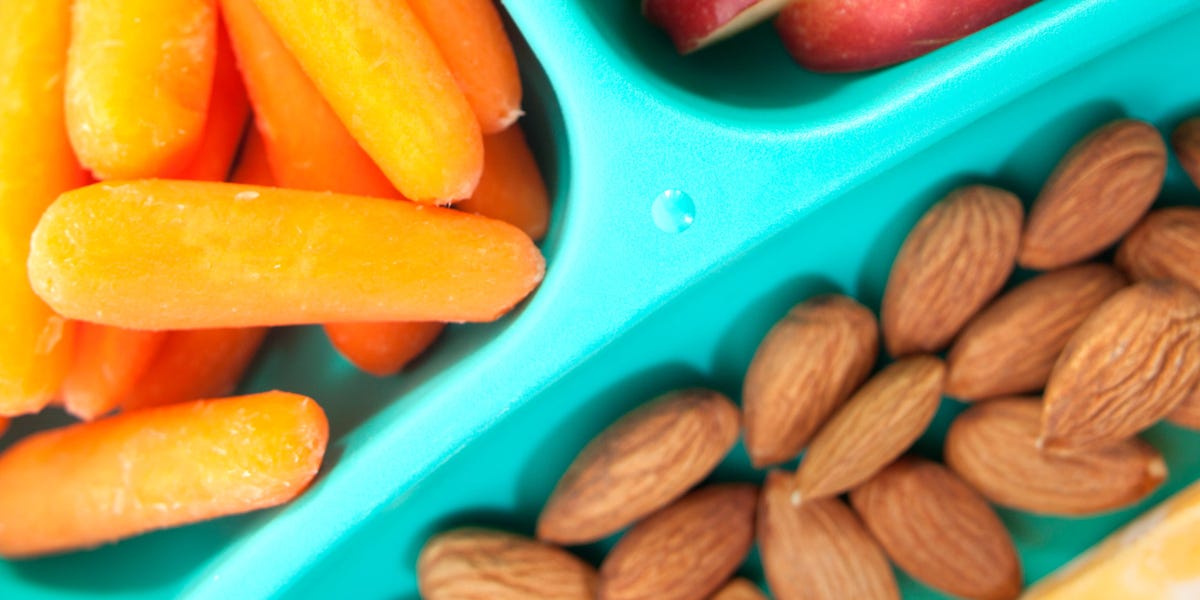It’s Prime Day times, and one of my favorite sonic surprises of 2025 is getting a sweet discount. The Sony Bravia Theater System 6 is one of the best soundbar setups I’ve tested this year, offering a unique mix of components that serve up some of…
- Nursing home residents are commonly prescribed…







